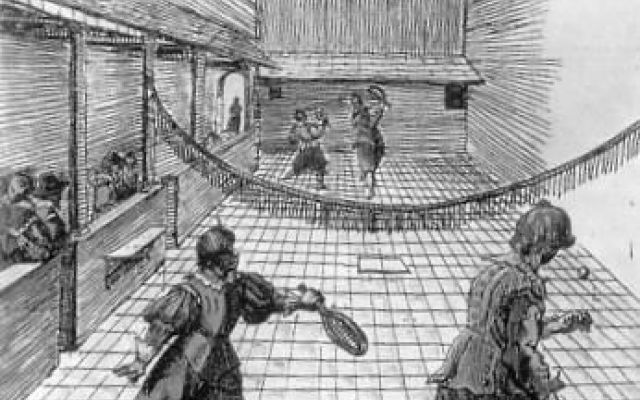When it comes to the game of tennis, the tennis ball plays a crucial role in determining the overall experience. Have you ever wondered what a tennis ball is made of or why there is fuzz on its surface? In this article, we will explore the composition of a tennis ball, the purpose of the fuzz, and how it affects performance.
Additionally, we’ll discuss the different types of tennis balls used in professional tournaments and their sizes to provide a comprehensive understanding of this essential piece of equipment.
Table Of Contents
The Evolution of Tennis Balls
Before delving into the specifics, let’s take a brief look at the history of tennis balls. In the early days of tennis, these balls were made from materials like leather stuffed with hair, wool, or even cork. However, as technology advanced, the modern tennis ball evolved into what we know today.

Purpose of Fuzz on Tennis Balls
One distinctive feature of a tennis ball is the fuzz covering its surface. The fuzz is made of a special felt material, typically a blend of nylon and wool fibers. This felt is tightly woven and designed to provide optimal grip and durability during gameplay. The fuzz not only affects the ball’s interaction with the racket but also contributes to its overall aerodynamics.

Benefits of Fuzz on Tennis Balls
The fuzz on a tennis ball serves multiple purposes. First and foremost, it creates friction between the ball and the racket strings, allowing players to generate spin and control their shots more effectively. The rough texture of the fuzz provides grip, enabling players to impart topspin, backspin, or sidespin on the ball.
Moreover, the fuzz helps slow down the ball’s speed by creating air resistance. When struck, the fuzz catches the air, causing the ball to decelerate slightly. This deceleration plays a significant role in maintaining balance during rallies and allows players to predict and adjust to the ball’s trajectory.
Why Is the Fuzz on a Tennis Ball Green?
You may have noticed that most tennis balls have a bright green fuzz. The coloration is intentional and serves a practical purpose. The vibrant green hue enhances visibility, making it easier for players to track the ball’s movement across different court surfaces and lighting conditions.

Tennis Ball Variations in ATP Tournaments
Professional tennis tournaments, including those organized by the Association of Tennis Professionals (ATP), do use different types of tennis balls depending on the tournament’s specifications. The selection of tennis balls is primarily based on factors such as court surface, altitude, and playing conditions. For instance, clay courts require balls with specific attributes to ensure optimal performance and consistency.
What Size Is a Tennis Ball?
The International Tennis Federation (ITF) has established specific guidelines regarding the size of a tennis ball. According to these standards, a regulation tennis ball must have a diameter of approximately 6.7 to 6.9 centimeters (2.6 to 2.7 inches). This standardized size ensures uniformity across matches, allowing players to adapt their game to the familiar dimensions of the ball.
Performance Standards for Tennis Balls
In addition to size, tennis balls must meet performance standards set by the ITF. These standards ensure consistent bounce, weight, and rebound characteristics. The ITF tests and approves tennis balls for official use, ensuring fair and competitive gameplay for both amateurs and professionals alike.
.jpg)
Frequently Asked Questions (FAQs)
Should you look at the tennis ball when you hit it?
Yes, it is important to keep your eyes on the tennis ball when you hit it. By maintaining visual focus on the ball, you enhance your ability to time your shots accurately and make better contact. Tracking the ball allows you to anticipate its trajectory, speed, and spin, enabling you to adjust your positioning and execute your strokes effectively.
Why does fuzz on a tennis ball help it travel farther when hit?
The fuzz on a tennis ball contributes to its aerodynamic properties, which can help it travel farther when hit. When the ball is struck, the fuzz creates friction with the air, resulting in increased air resistance. This air resistance acts as a brake, causing the ball to slow down gradually. As a result, the ball stays in the air for a longer duration and covers a greater distance. Additionally, the rough surface of the fuzz can create a turbulent airflow around the ball, which can enhance lift and stability, further aiding in its flight.

